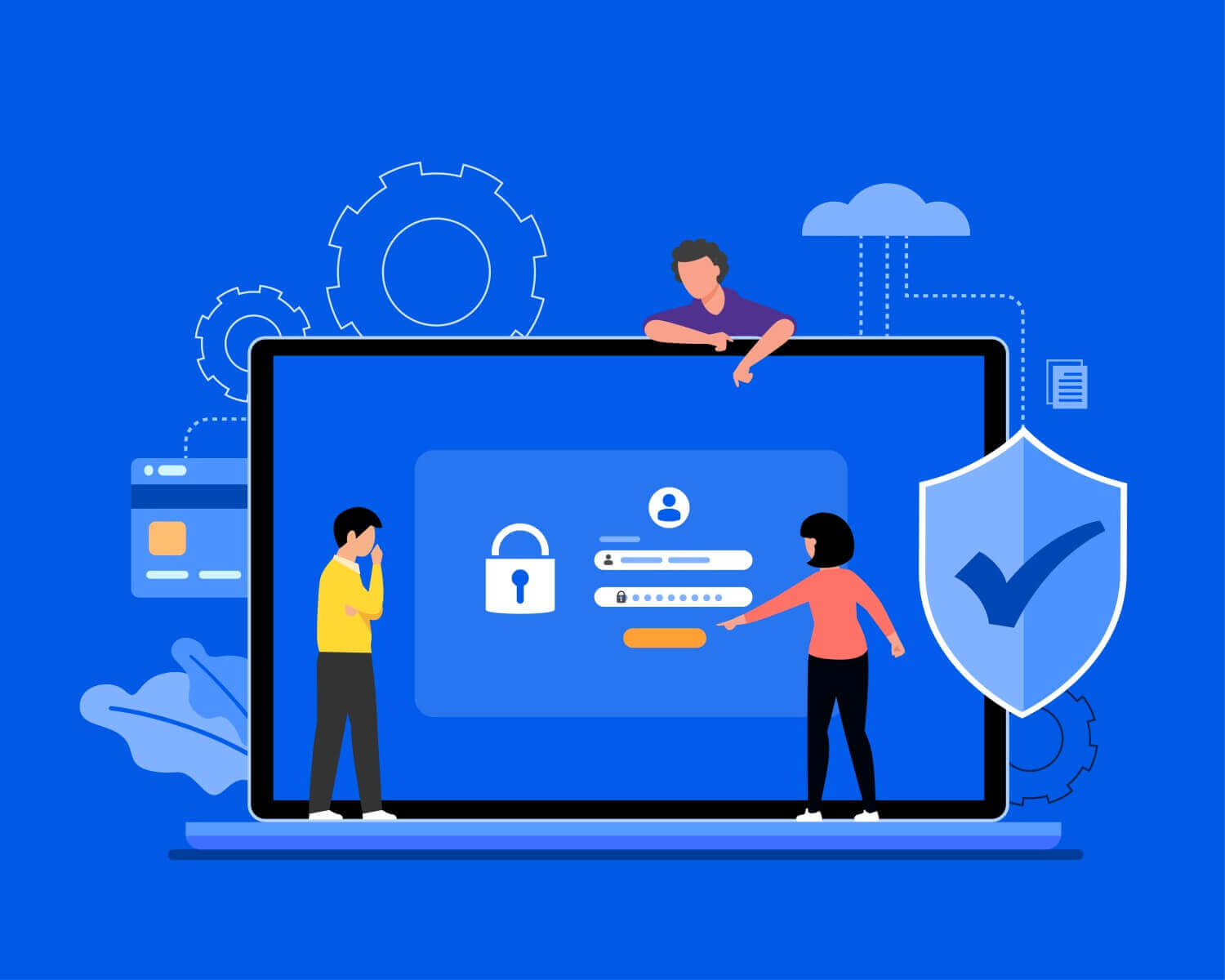Cybersecurity in Hospitals – Threats And Security Measures
Cybersecurity in Hospitals – Threats And Security Measures –
The Healthcare industry is prone to facing cyberattacks as it is a primary target for cybercriminals. It was ranked seventh most attacked industry in 2020. Hospitals, medical laboratories, and clinics have unfortunately experienced an increase in scam attacks in the last two years. The recent pandemic has proved to be a helping hand for fraudsters to carry out their illegal activities.
During the trying times of Corona when all the other businesses and industries were looking for digital ways to keep their business going, the healthcare industry was busy serving an unexpectedly large number of patients. Because of having limited resources to manage patients, the medical staff faced a lot of difficulties with the sudden rise in patients’ numbers.
Also Read – 5 Ways To Stay Safe Online And Deal With Internet Security Threats
Along with the many practices that pandemic has made a part of our lives, taking care of security protocols is one of them. It has become crucial for hospitals to not neglect cybersecurity protocols. The rise in cyber attacks not only compromised patients’ safety but also risked their trust in the healthcare industry. Seeing the rise in scams, patients now do not even trust telehealth services. To curb these situations, the healthcare industry is following three-point agenda:
- They are trying to meet cybersecurity measures like any other industry such as the financial sector
- They are trying to protect telehealth solutions from any interferences
- They are hiring capable talent to teach the already working employees and staff about cybersecurity protocols.
As we have discussed cybersecurity in detail, now let’s see what are the 3 major threats that healthcare is facing through cyberattacks.
Top 3 Threats to Healthcare Industry –
1. Insider Threats –
As the name indicates, the attack may be caused by some inside sources. It can be an employee or any other individual with allowed access that can potentially destroy the data management system. The system can be destroyed by altering or revealing the data. According to a report, insiders can be responsible for 22% of security problems. It is common in healthcare that employees exploit their access credentials.
There might be many reasons for malicious insiders to commit threats. The most common one is to gain financial gains while some do it for their personal amusement. These data breach cases can occur if the proper security protocols are not practiced in the industry.
2. DDoS Attack –
This is a type of threat in which the attacker does not let the users access their websites and networks. A cybercriminal can prevent a genuine user from accessing their website by flooding the site with a lot of requests. DDoS attacks are much more difficult to stop because they may appear as any sort of technical problem.
The onset of pandemics became the reason for causing healthcare providers to face DDoS attacks. That can cause a delay in services for their patients. But the good thing is DDoS attacks do not intervene with the sensitive information or data of the patients. But despite the slightly less harmful effects, protecting networks from such crimes must be a priority.
3. Ransomware –
In this type, the data stored in electronic devices is prevented from its real owner to access. The owner then is asked to submit a sum of money to get their issue resolved. The funds are requested, but there is no guarantee provided of the procedure. It is the most common type of fraud in the healthcare industry. The fact that this type of attack does not affect the patients’ data is a relief a bit.
What Can Be Done To Reduce These Frauds?
The Healthcare industry is focusing mainly on the ways the technology can improve the work of healthcare professionals and outcomes for their patients. They do not understand the dangers of cybercrimes that technology can bring with it.
It is an understandable fact that medical professionals are not IT experts. They do not focus on the fact that every device of their use is updated and is running on advanced software or not. Rather, in almost every case, leaders in healthcare are dependent on outsourced support to make sure their technology is performing optimally and is inventories.
However, on their end, healthcare service providers must ensure the following things to do their bit in cybersecurity protocols:
Be Aware –
The most common and yet the most significant thing the healthcare sector can do is to be vigilant in securing hospitals and pharmacies. The best kind of investment can be training given to the workforce.
Recognize Your Asset –
They can start with protecting the most important credentials. The healthcare sector is at least expected to identify their most salient data and can begin their effective cybersecurity protocols by protecting them.
Patch Your Systems –
Healthcare imaging machines run on unsupported working systems. This can make the job of cybercriminals easy. They can intercept medical information by either modifying data or deleting valuable information.
Back up –
The most useful way to protect your data is to store it in multiple places especially in hospitals that hold significant patients’ credentials.
Conclusion –
With an increasing number of cyberattacks, the healthcare industry is in a critical situation. Increased investments in healthcare can prevent it from facing harmful events. Just as handwashing is considered a basic part of modern medicine, similarly cyber hygiene is an important factor of a functioning healthcare system. After all, it is always better to prevent an attack rather than to deal with the aftermath.
Also Read – How to Protect Your Data & Information with Cloud Security?





